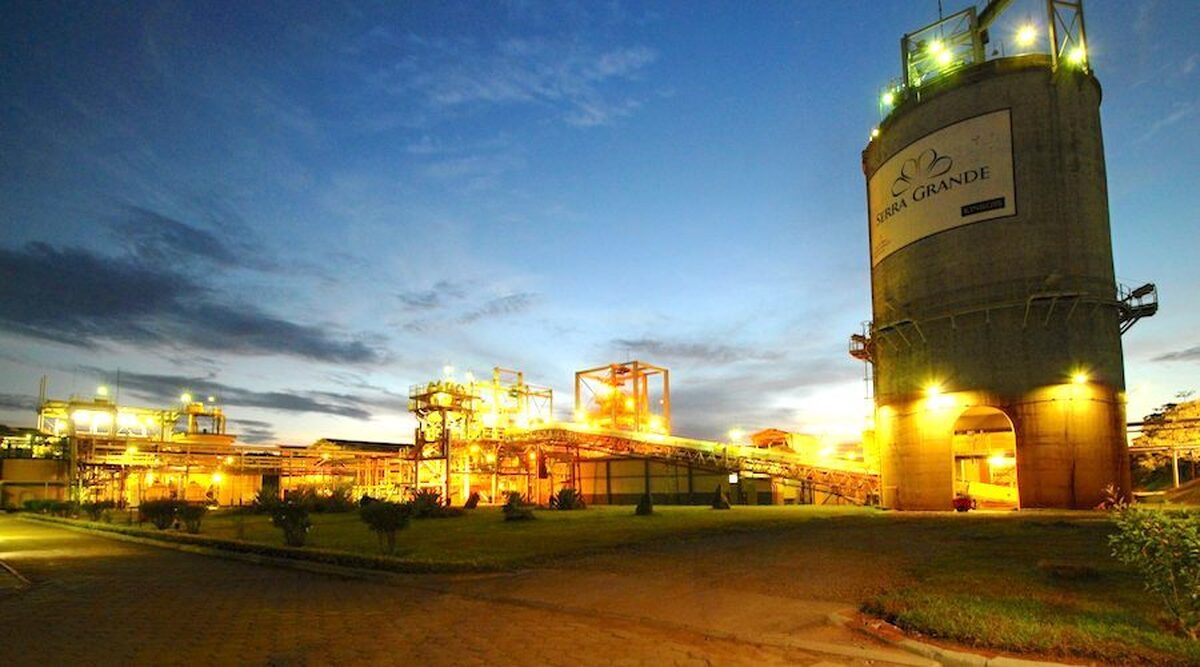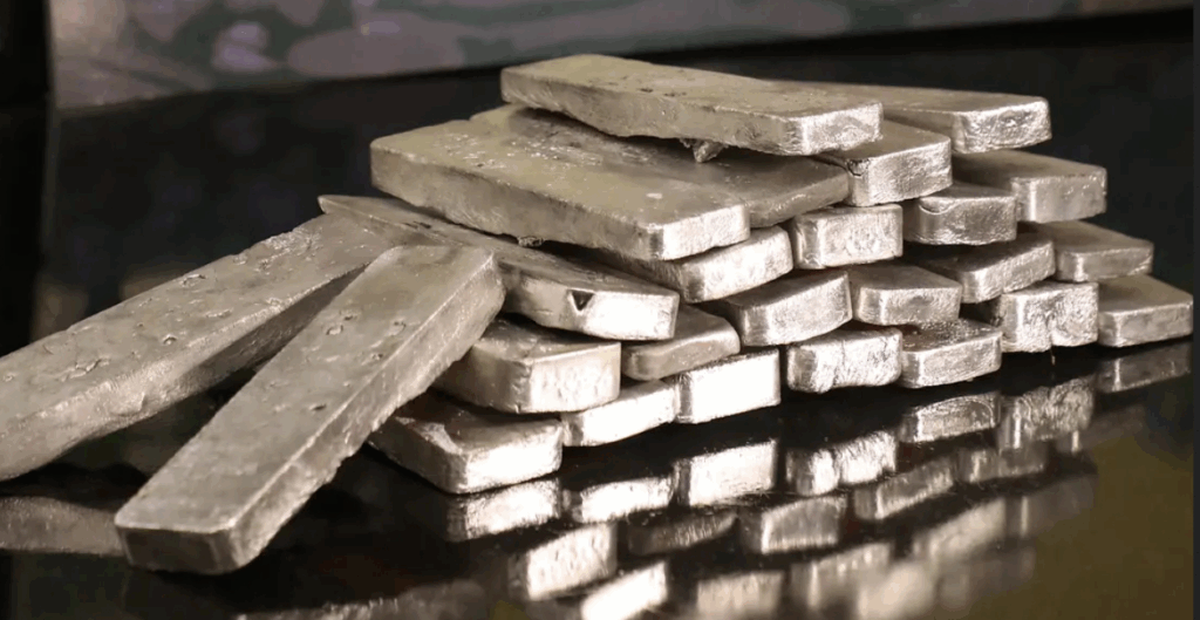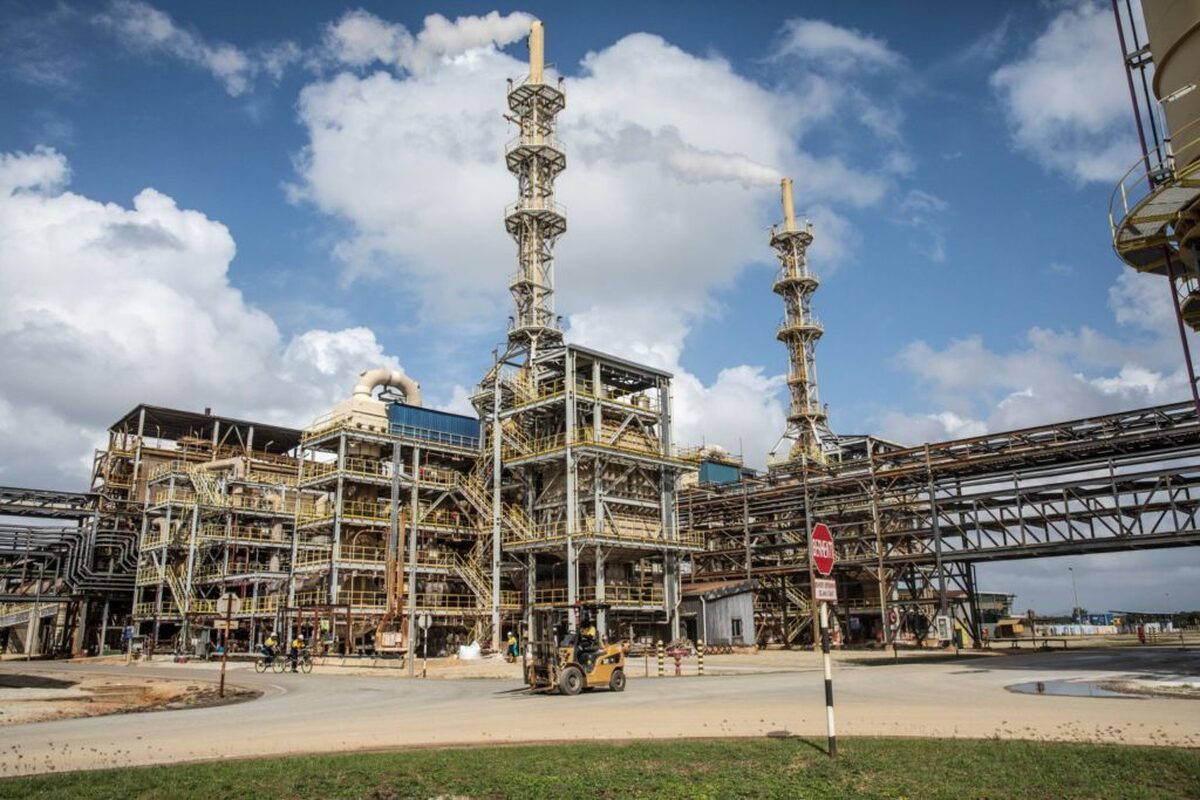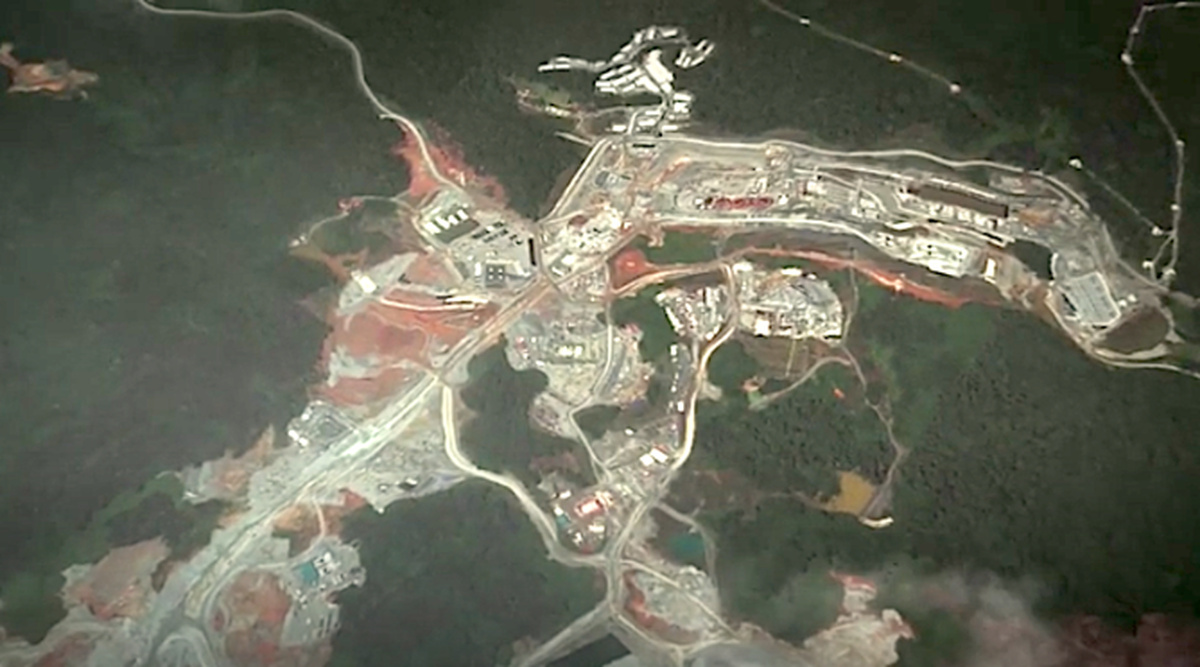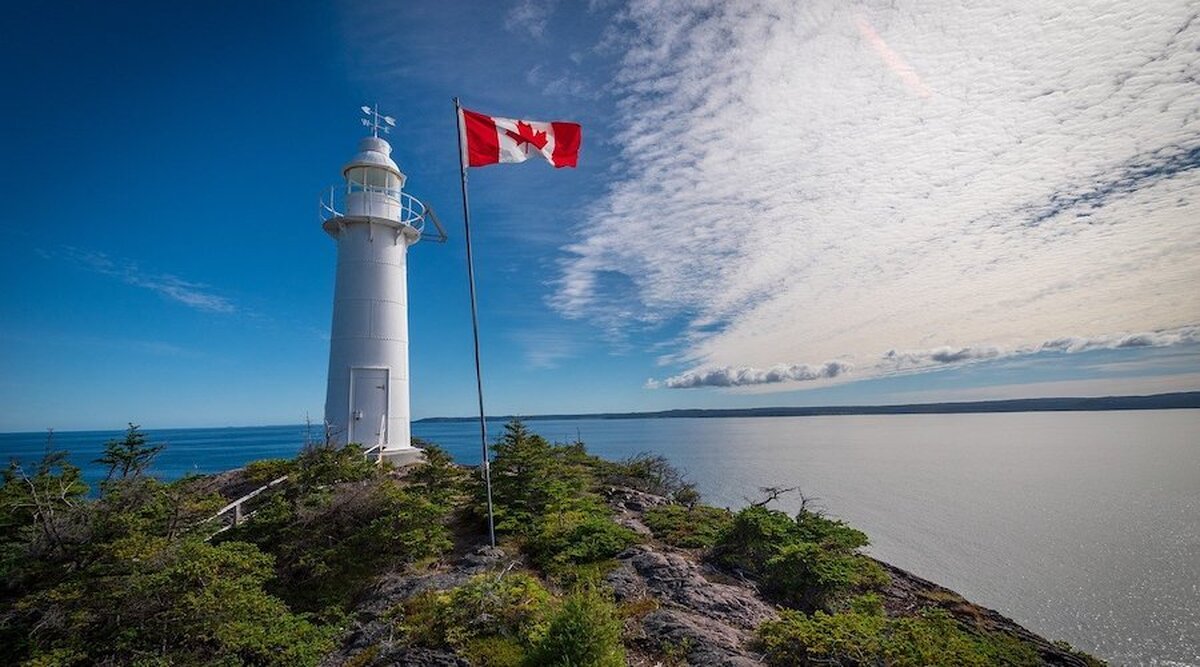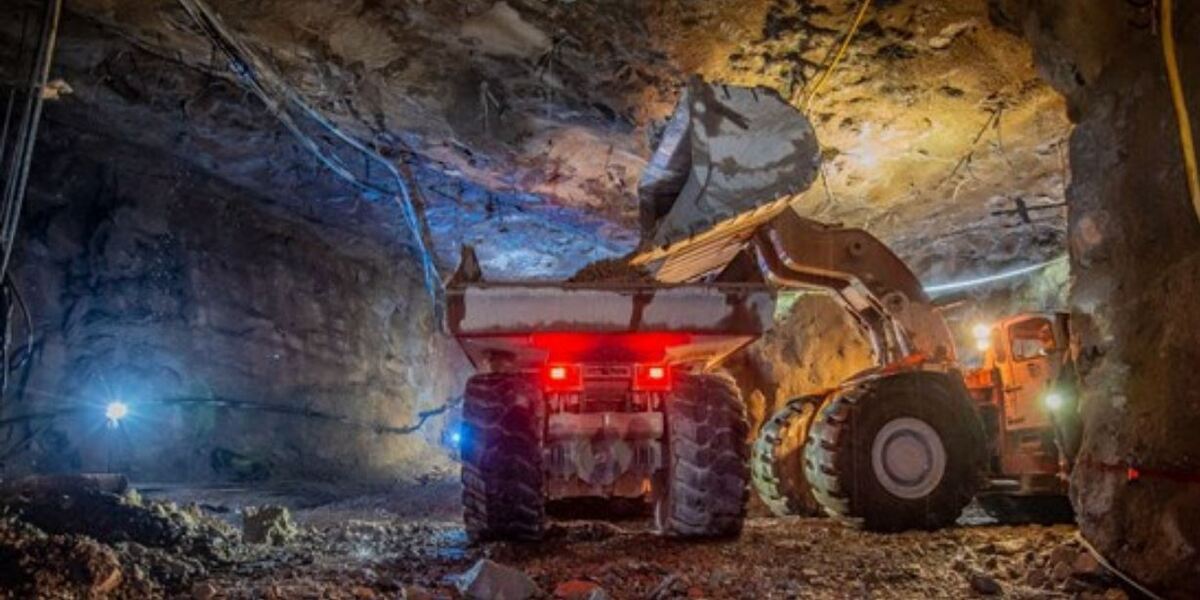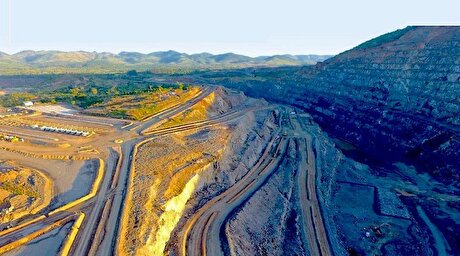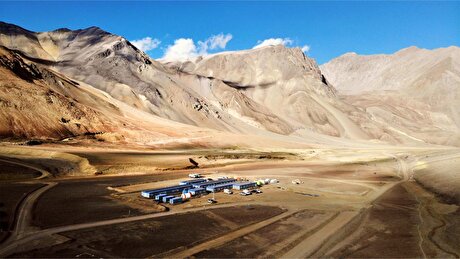
Mount Etna erupts, unleashing lava – and possibly hidden minerals

According to me-metals cited from mining.com, The eruption originated from the volcano’s southeast crater, where a combination of a white ash plume and a grey cloud, resulting from a crater collapse and subsequent avalanche, produced a powerful pyroclastic flow. While pyroclastic flows are highly dangerous due to their heat and mobility, the event occurred in an uninhabited area.
Boris Behncke, a volcanologist from Italy’s National Institute of Geophysics and Volcanology, told The Times that the episode, though visually striking, was relatively normal. Regional officials confirmed that lava flows remained within natural containment zones and posed no threat to the public.
Civil protection authorities warned tourists to stay away due to potential eruption developments. Some residents and visitors were unnerved, especially by black smoke that followed the initial plume.
The eruption is the most significant Mount Etna has had since 2014.
Hidden riches beneath
While eruptions like Etna’s can be disruptive, they also reveal the rich mineral composition of the Earth’s interior. Volcanic activity brings to the surface materials from deep within the Earth, offering scientists a unique opportunity to study the planet’s inner workings.
Mount Etna’s lava is particularly intriguing. Unlike many of Italy’s volcanoes, which are formed by the subduction of the Ionian Sea beneath the country, Etna’s origins are more complex.
Geochemists have found that Etna’s lavas are rich in magnesium and iron, elements typically found deep in the mantle, as well as potassium, which is more common in the crust. This unique composition suggests that Etna taps into both deep mantle sources and crustal materials, making it a valuable site for studying the Earth’s geology.
Volcanic regions like Etna are known to be rich in various minerals and elements. Mount Erebus, one of the world’s most active volcanoes, is estimated to spew around 80 grams of gold into the frigid air of Antarctica on a daily basis, according to studies.
The McDermitt Caldera, a large volcanic crater measuring roughly 45 km long and 35 km wide in southeastern Oregon and northern Nevada, is said to contain the world’s largest lithium reservoir inside an ancient supervolcano.
source: mining.com


Gold price edges up as market awaits Fed minutes, Powell speech

Glencore trader who led ill-fated battery recycling push to exit
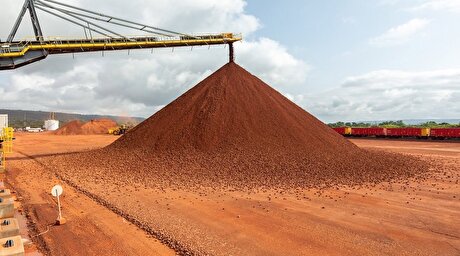
Emirates Global Aluminium unit to exit Guinea after mine seized
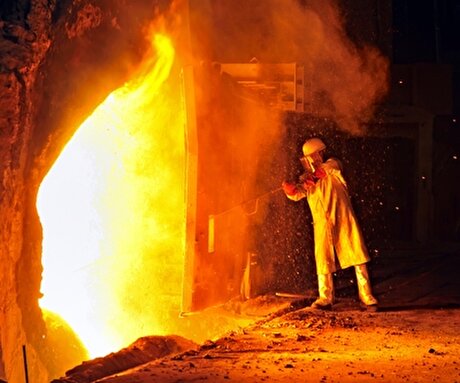
Iron ore price dips on China blast furnace cuts, US trade restrictions

Roshel, Swebor partner to produce ballistic-grade steel in Canada

US hikes steel, aluminum tariffs on imported wind turbines, cranes, railcars

EverMetal launches US-based critical metals recycling platform
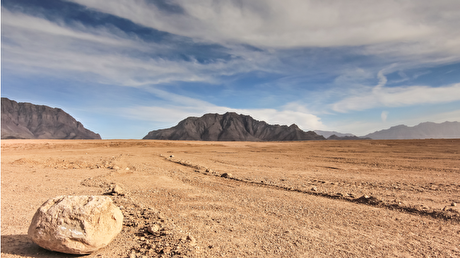
Afghanistan says China seeks its participation in Belt and Road Initiative

Trump weighs using $2 billion in CHIPS Act funding for critical minerals

Energy Fuels soars on Vulcan Elements partnership
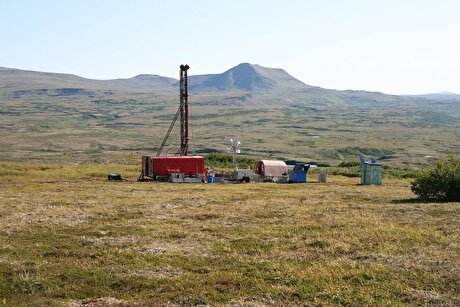
Northern Dynasty sticks to proposal in battle to lift Pebble mine veto

Giustra-backed mining firm teams up with informal miners in Colombia
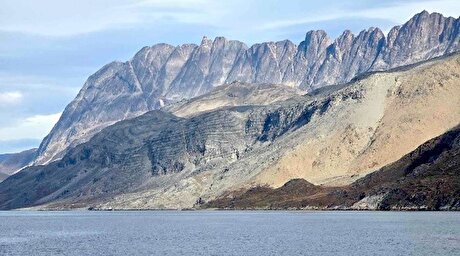
Critical Metals signs agreement to supply rare earth to US government-funded facility

China extends rare earth controls to imported material
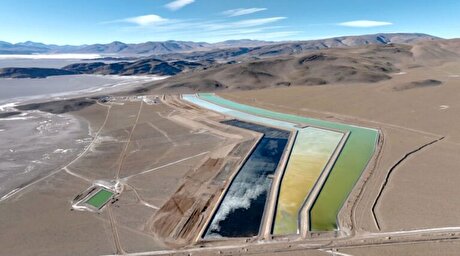
Galan Lithium proceeds with $13M financing for Argentina project
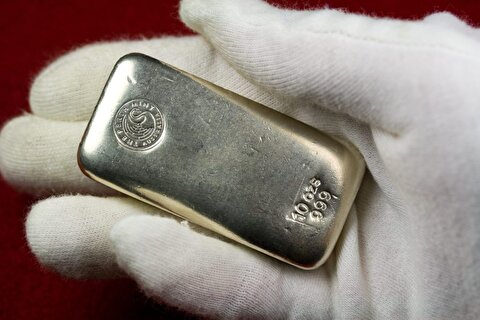
Silver price touches $39 as market weighs rate cut outlook
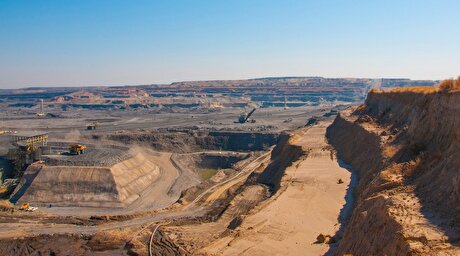
First Quantum drops plan to sell stakes in Zambia copper mines

Ivanhoe advances Kamoa dewatering plan, plans forecasts

Texas factory gives Chinese copper firm an edge in tariff war

Energy Fuels soars on Vulcan Elements partnership

Northern Dynasty sticks to proposal in battle to lift Pebble mine veto

Giustra-backed mining firm teams up with informal miners in Colombia

Critical Metals signs agreement to supply rare earth to US government-funded facility

China extends rare earth controls to imported material

Galan Lithium proceeds with $13M financing for Argentina project

Silver price touches $39 as market weighs rate cut outlook

First Quantum drops plan to sell stakes in Zambia copper mines

Ivanhoe advances Kamoa dewatering plan, plans forecasts



